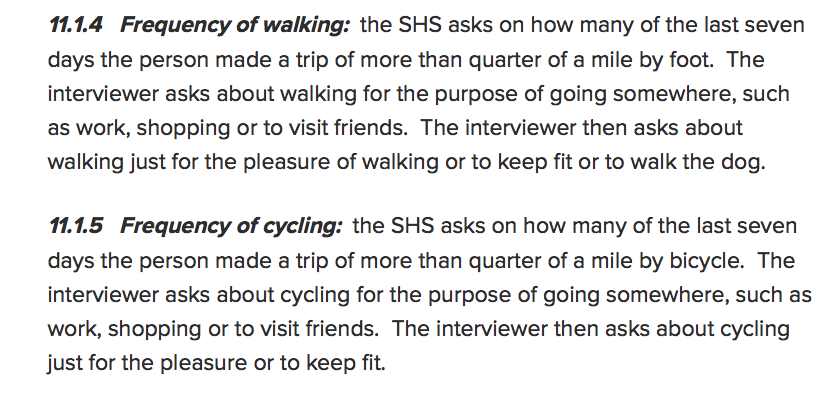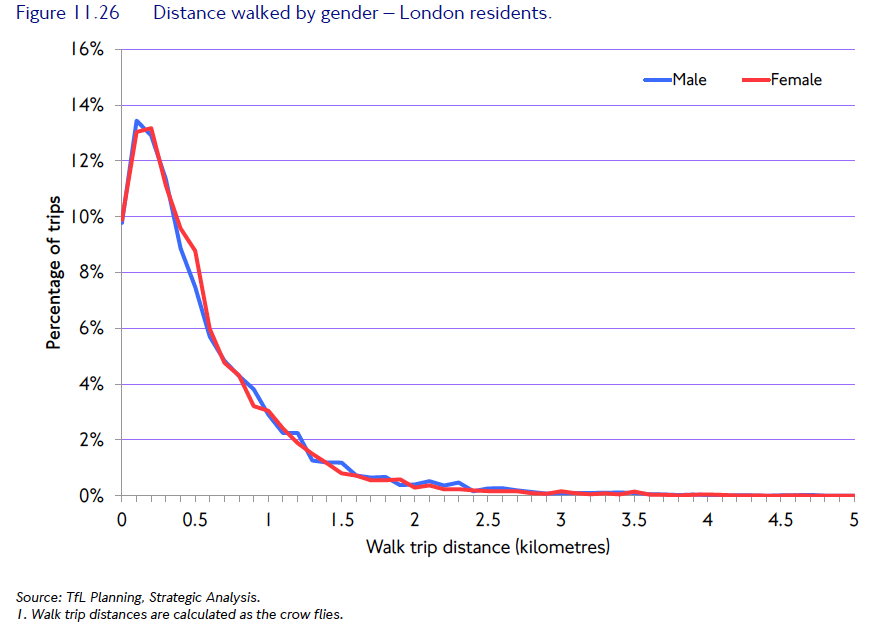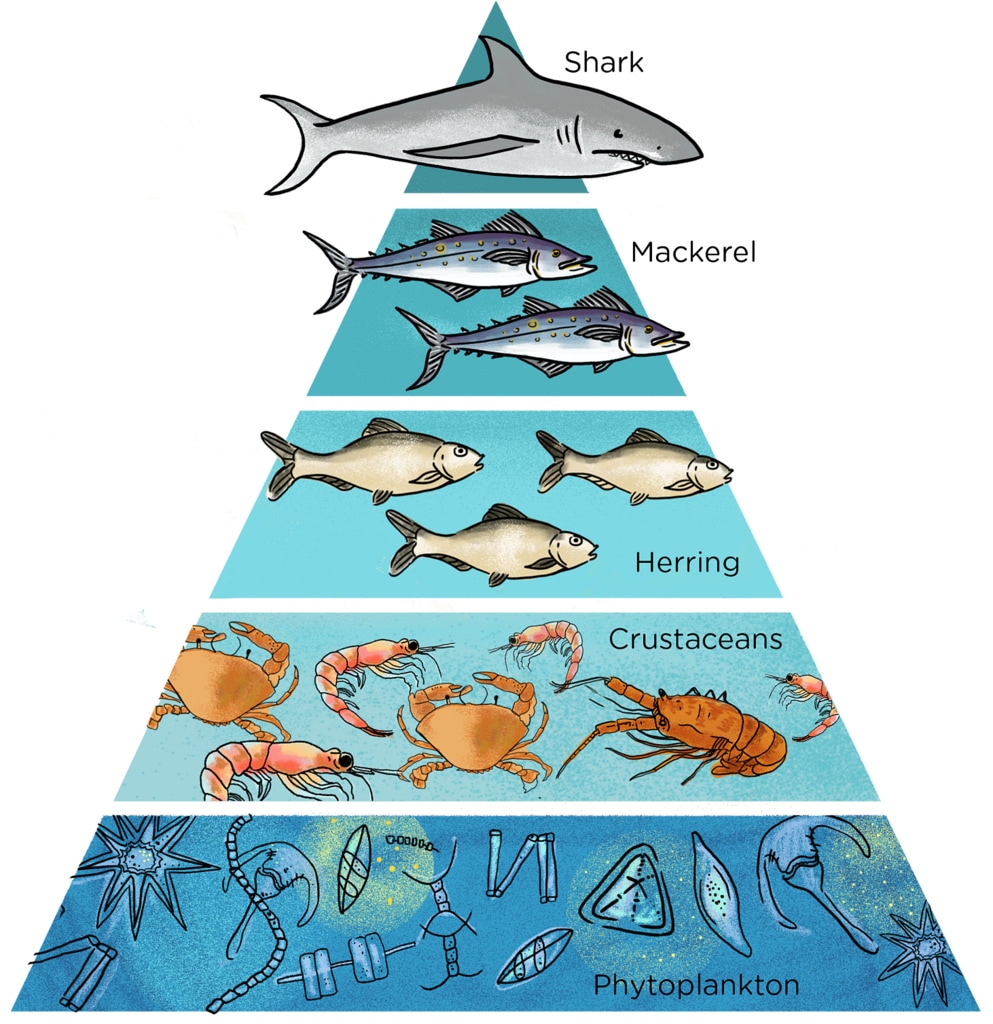This matters principally because the exclusion of short trips skews the real pattern of people’s travel, under-representing walking and over-representing the importance of the car. This reinforces assumptions about the importance of motor transport and spending on roads as the obvious priority for investment in transport infrastructure. The infrastructure that enables short walks to take place - two pavements and a traffic light-controlled crossing in the case of my morning trip to the corner shop - is every bit as important as that which supports longer journeys.
The exclusion of short, local walking trips is also likely to reduce the visibility of journeys by older, poorer and disabled people. We know that there is a strong correlation between wealth, car use and walking: in Scotland 55% of people in households with an income of less than £10,000pa have no driving license, compared with 11.2% of those in households with an income of more than £40,000 (3). Many people who have no car - probably low income and elderly people in particular - will make frequent trips on foot within their neighbourhood that are rarely accounted for in official statistics.
Elsewhere, the National Travel Survey conducted for the Department of Transport excludes walks of under 50m, rather than a quarter of a mile. Curiously, the reported ‘modal share’ of walking is exactly the same as Scotland (22%) (4). Transport for London which has begun to use the International Walking Data Standard (5), publishess the distribution profile of walk-only trips, which shows the importance of including the shortest ones:
Journeys on foot are far more numerous, and important, than official statistics (in Scotland at least) show. I see modal transport share a bit like an ecological pyramid - if aviation is the polar bear or shark at the apex perhaps walking is the krill at the base? The shortest walks, the indispensable bread and butter of so many individual journeys, are like the invisible plankton that feed the krill and supports the whole transport ecosystem.
(2) https://www.transport.gov.scot/publication/scottish-transport-statistics-no-35-2016-edition/SCT01171871341-14/#tb1
(3) Scottish Transport Stats 35 Chapter 11 table 11.10
(4) https://www.gov.uk/government/uploads/system/uploads/attachment_data/file/550859/nts2015-notes.pdf
(5) http://www.measuring-walking.org
(6) http://content.tfl.gov.uk/travel-in-london-report-8.pdf



 RSS Feed
RSS Feed
